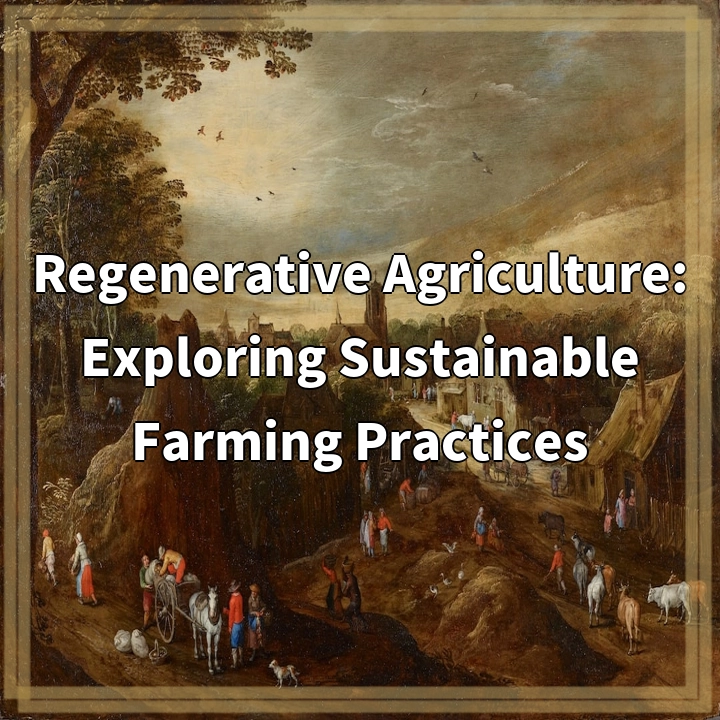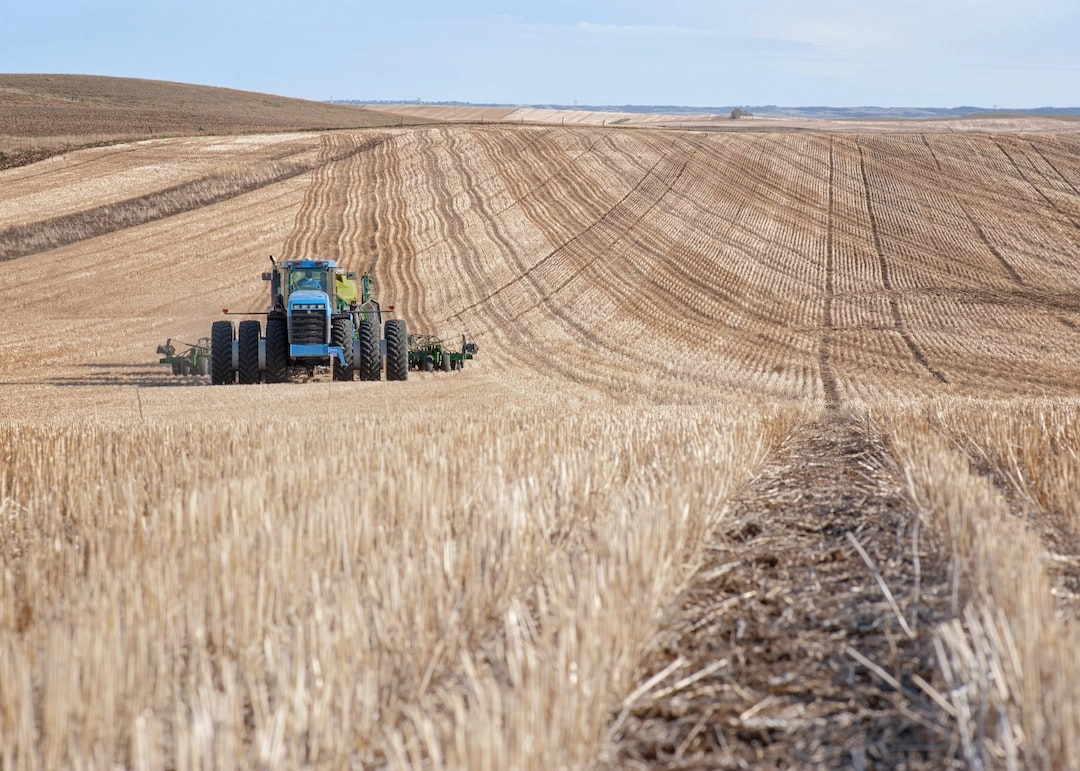
What is Regenerative Agriculture?
Regenerative Agriculture is a farming approach that aims to restore and enhance the health of the soil, biodiversity, and ecosystems. Unlike conventional agricultural practices that often deplete resources and harm the environment, regenerative agriculture seeks to create a sustainable and resilient system.
Exploring Sustainable Farming Practices
Regenerative agriculture encompasses a range of sustainable farming practices that focus on building soil health, increasing biodiversity, and reducing the use of synthetic inputs. These practices include:
1. Cover Crops:
Cover crops are planted between cash crop seasons to prevent soil erosion, improve soil fertility, and suppress weed growth. They also provide habitat for beneficial insects and promote carbon sequestration.
2. Crop Rotation:
Crop rotation involves alternating the type of crops planted in a particular field over time. This helps to break disease and pest cycles, improve soil structure, and enhance nutrient cycling.
3. Conservation Tillage:
Conservation tillage techniques minimize soil disturbance during planting and cultivation, preserving soil structure and reducing erosion. This method also helps to retain soil moisture and sequester carbon in the soil.
4. Agroforestry:
Agroforestry involves integrating trees with agricultural crops or livestock. Trees provide shade, prevent erosion, and improve soil fertility, while also offering additional income sources such as timber and fruits.
Real-world Problems Associated with Regenerative Agriculture
While regenerative agriculture holds great promise, it is not without its challenges. Some of the real-world problems associated with its adoption include:
1. Knowledge and Awareness:
Many farmers may not be aware of regenerative agriculture practices or have access to the necessary knowledge and training. Lack of awareness and education can hinder the widespread adoption of sustainable farming techniques.
2. Economic Viability:
Transitioning from conventional farming methods to regenerative agriculture can require initial investment and may have a longer return on investment. Farmers need support in terms of financial incentives and accessible markets for regeneratively produced goods.
3. Infrastructure and Technology:
Regenerative agriculture often demands different infrastructure and equipment compared to conventional farming practices. The lack of suitable machinery, irrigation systems, and other necessary tools can pose challenges for farmers looking to adopt sustainable practices.
4. Scaling Up:
While regenerative agriculture has shown success at the individual farm level, scaling up these practices to large agricultural systems can be complex. It requires cooperation and collaboration across stakeholders, including farmers, policymakers, and consumers.

Solutions for Regenerative Agriculture
As regenerative agriculture gains recognition as a sustainable farming approach, there are potential solutions to address the real-world problems associated with its adoption. These solutions include:
1. Education and Outreach:
Increasing awareness and providing education about regenerative agriculture practices are essential. Farmers can benefit from workshops, training programs, and information sharing platforms to learn about the benefits and implementation of sustainable farming techniques.
2. Financial Support:
To ensure the economic viability of regenerative agriculture, financial support in the form of grants, subsidies, and loans can assist farmers in transitioning to sustainable practices. Governments, organizations, and banks can play a pivotal role in providing these incentives.
3. Infrastructure Development:
Investing in suitable infrastructure and technology for regenerative agriculture can facilitate its widespread adoption. This may involve developing efficient irrigation systems, adapting machinery, and promoting precision agriculture practices to meet the unique needs of sustainable farming.
4. Collaboration and Scaling:
Scaling up regenerative agriculture requires collaboration among farmers, policymakers, researchers, and consumers. Through partnerships, sharing of best practices, and market demand, there can be increased support and encouragement for farmers to embrace sustainable farming methods.















